When it comes to exploring the world of fruits that masquerade as vegetables, tomatoes and tomatillos are two fascinating candidates. What is the difference between a tomato and a tomatillo? While they may share a family lineage, they are distinct in appearance, flavor, and culinary uses. This article delves deep into their unique characteristics, offering insights into their origins, nutritional profiles, and how to best utilize them in your kitchen. Whether you’re a cooking enthusiast or a curious foodie, understanding these differences will elevate your culinary knowledge.
Understanding the Origins and Botanical Background
:max_bytes(150000):strip_icc()/AS21-tomatillo-time-tomatoes-and-tomatillos-photo-by-brie-passano-rotated-crop-2000-c08dbbd6cd564c0aae4a6ba6634e05b7.jpg)
Before diving into their physical and sensory differences, it’s essential to explore the origins and botanical classifications of tomatoes and tomatillos. Both belong to the Solanaceae family, also known as the nightshade family, which includes other popular plants like potatoes, eggplants, and bell peppers. However, their individual histories and growth habits set them apart.
The Tomato: From South America to Global Fame
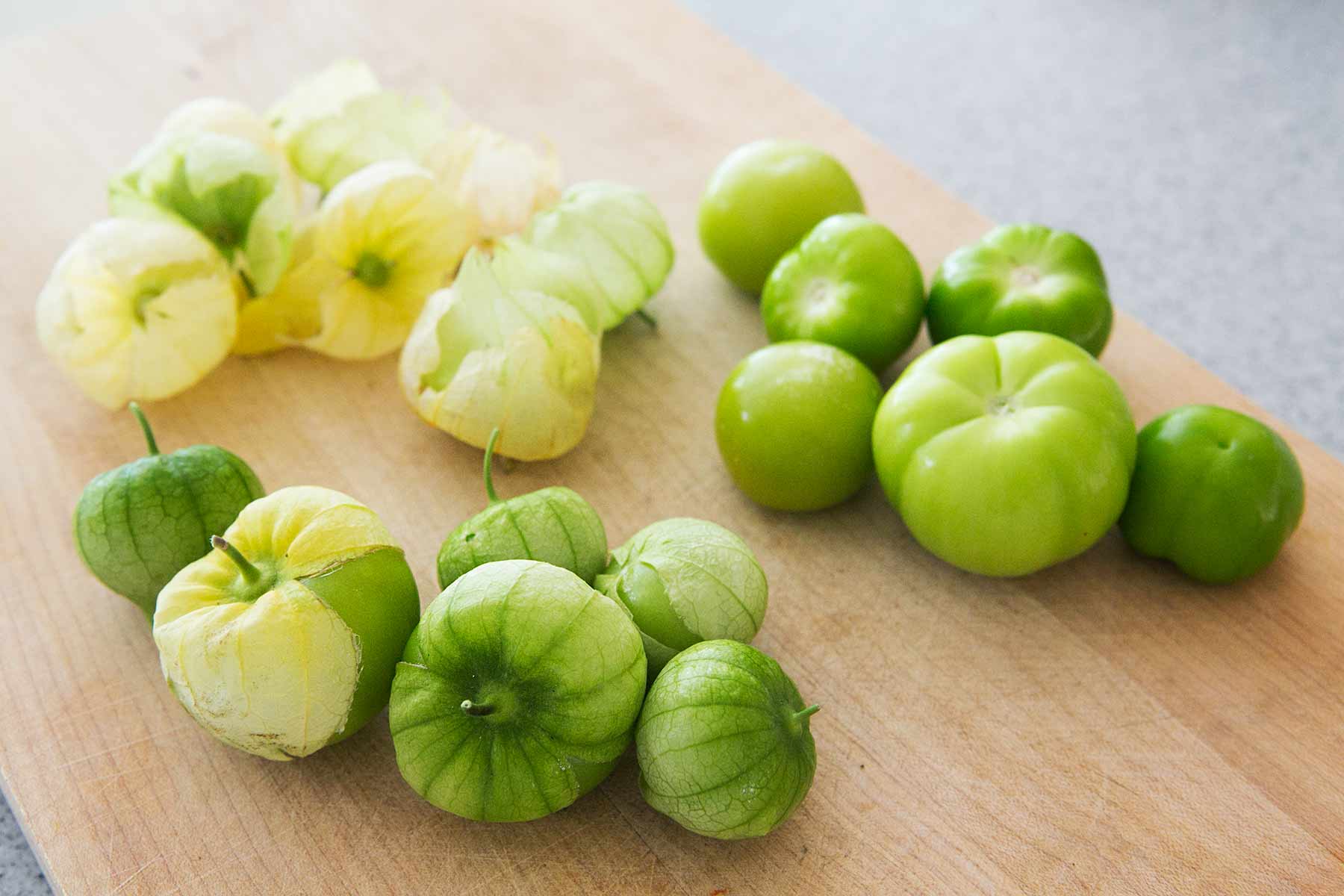
Tomatoes, scientifically known as Solanum lycopersicum, have a rich history that traces back to South America, particularly regions of modern-day Peru and Ecuador. They were domesticated by the Aztecs and Incas and later introduced to Europe by Spanish explorers in the 16th century.
Initially met with skepticism due to their resemblance to toxic nightshade plants, tomatoes eventually gained popularity and became a staple in cuisines worldwide. Today, they are celebrated for their versatility, appearing in salads, sauces, soups, and even beverages.
The Tomatillo: A Hidden Gem of Mexican Cuisine

Tomatillos, or Physalis philadelphica, have a more localized history, primarily associated with Mexican and Central American cultures. They were a key ingredient in pre-Columbian diets and remain integral to traditional dishes like salsa verde and mole.
Unlike tomatoes, tomatillos grow encased in a papery husk, which protects the fruit during its development. This unique feature makes them easily distinguishable from their tomato cousins.
Comparing Their Growth Habits
Both plants thrive in warm climates but differ in their growth patterns. Tomatoes are typically vine-like, requiring support as they grow, while tomatillos are bushier and more compact. Additionally, tomatillos are often self-sterile, meaning they require cross-pollination from another plant to produce fruit, whereas tomatoes can self-pollinate.
Physical Appearance and Flavor Profile: A Sensory Exploration
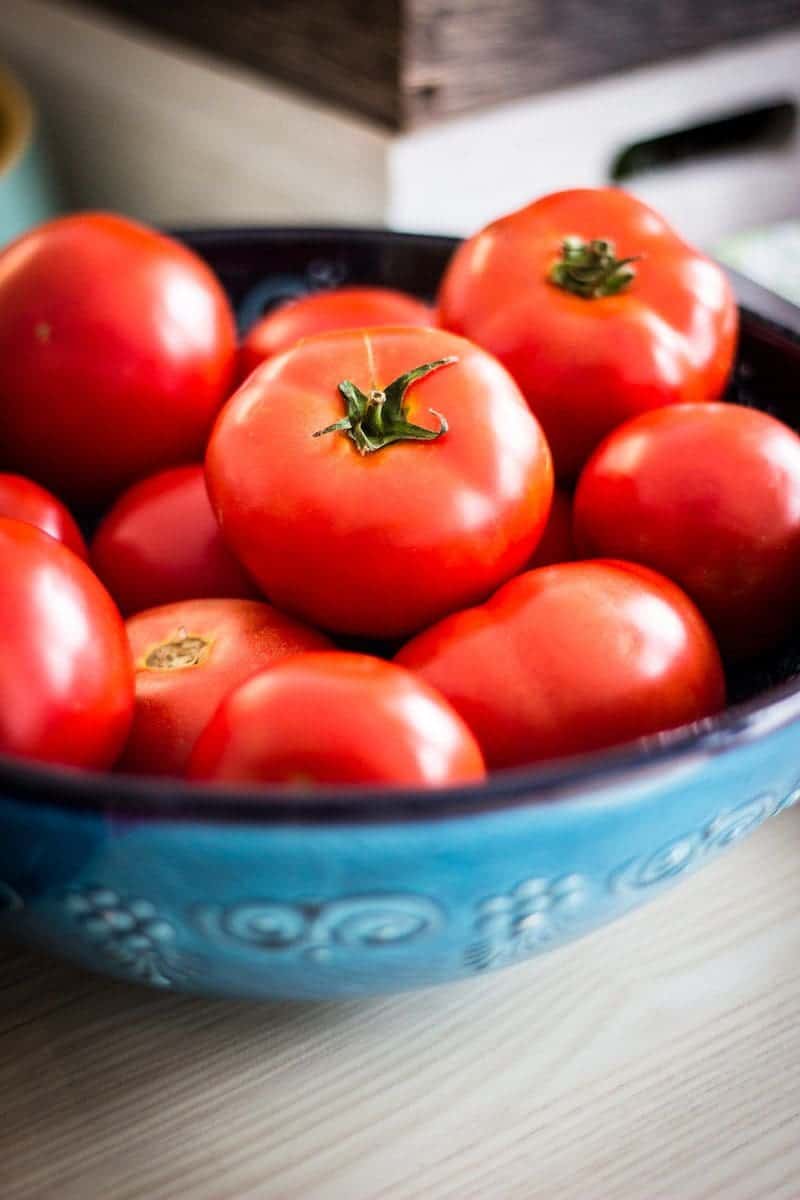
When examining what is the difference between a tomato and a tomatillo, their physical attributes and flavors are the most obvious points of distinction. Let’s break down these aspects to understand how they influence culinary applications.
Tomatoes: Vibrant Colors and Juicy Texture
Tomatoes come in a range of colors, including red, yellow, orange, green, and even purple. Their smooth, glossy skin encases a juicy interior filled with seeds. The flavor profile varies depending on the variety, but tomatoes are generally sweet with a tangy undertone.
Their texture makes them ideal for fresh consumption in salads or sandwiches, while their juiciness lends itself well to sauces, soups, and stews.
Tomatillos: Unique Husk and Tart Flavor
Tomatillos are smaller than tomatoes and are covered by a thin, papery husk that turns brown and splits open as the fruit matures. The fruit itself is firm and slightly sticky to the touch, with a color palette ranging from green to purple.
In terms of flavor, tomatillos are notably tart and citrusy, making them a perfect base for tangy salsas and sauces. Their acidity complements rich and spicy dishes, adding a refreshing contrast.
Culinary Applications: How Their Differences Shine
Understanding these sensory differences allows chefs and home cooks to use tomatoes and tomatillos effectively. For instance, tomatoes are the star of Italian pasta sauces, while tomatillos are the backbone of traditional Mexican cuisine.
Nutritional Breakdown: Health Benefits of Tomatoes and Tomatillos

Beyond their culinary uses, both tomatoes and tomatillos offer impressive nutritional benefits. Let’s explore how their nutrient profiles contribute to a healthy diet.
Tomatoes: A Rich Source of Antioxidants
Tomatoes are renowned for their high lycopene content, a powerful antioxidant linked to reduced risks of heart disease and certain cancers. They are also rich in vitamins A, C, and K, as well as potassium and folate.
Their low calorie and high water content make them an excellent addition to weight-loss diets. Additionally, their fiber content supports digestive health.
Tomatillos: Packed with Vitamins and Minerals
Tomatillos, though less studied than tomatoes, are equally nutritious. They are a good source of vitamin C, niacin, and potassium. Their high fiber content aids digestion, while their antioxidants help combat inflammation.
One unique feature of tomatillos is their withanolides, compounds that have been studied for their potential anti-cancer properties.
Incorporating Both into Your Diet
To maximize the health benefits of these fruits, consider incorporating both into your meals. For example, use tomatoes in a hearty vegetable soup and tomatillos in a zesty salsa to enjoy their distinct flavors and nutrients.
Practical Tips: Growing and Cooking with Tomatoes and Tomatillos
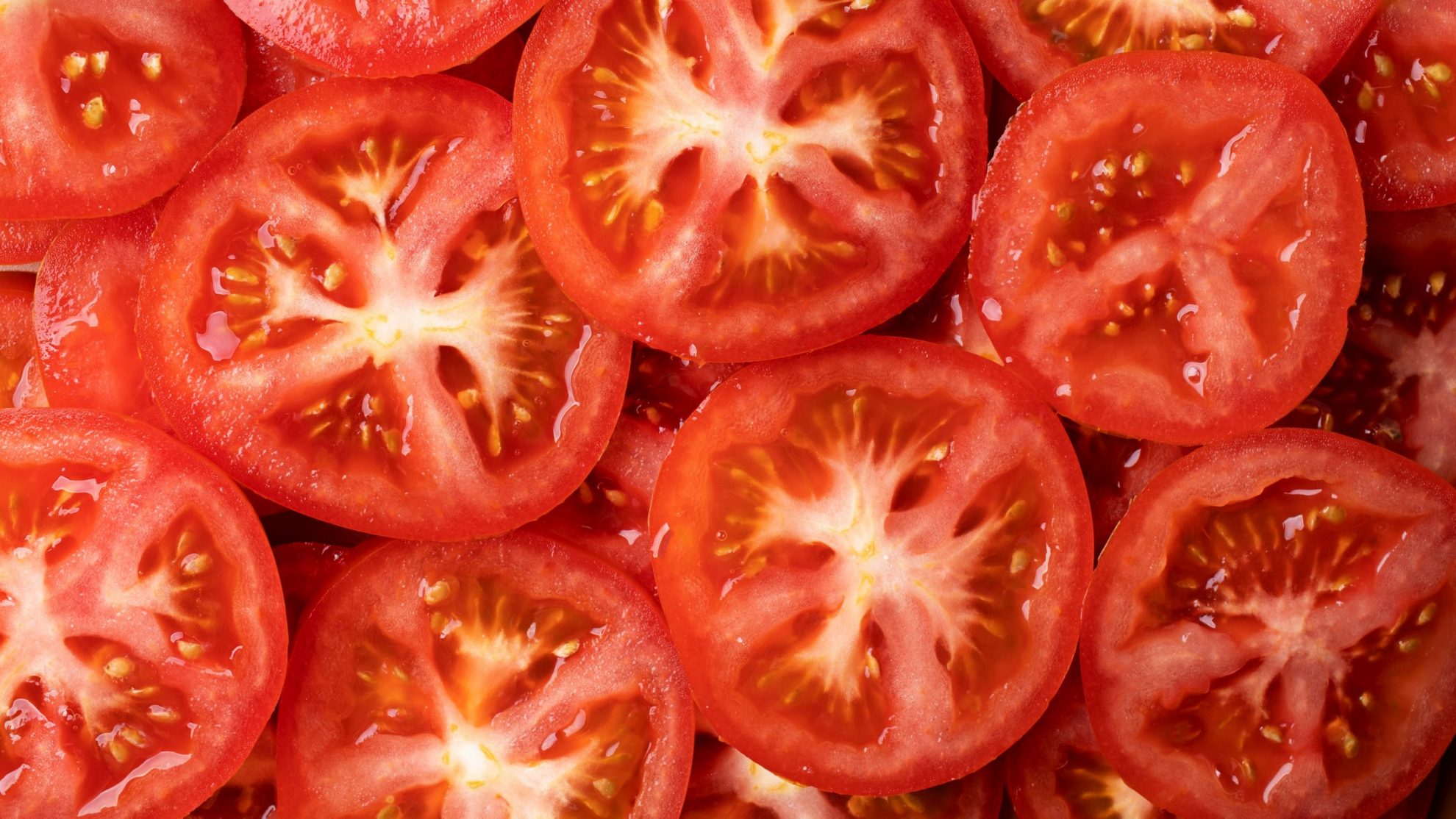
For those interested in gardening or cooking, understanding the practical aspects of tomatoes and tomatillos is invaluable. Here’s how to grow, store, and prepare these versatile fruits.
Growing Tomatoes and Tomatillos at Home
Both plants require full sun, well-drained soil, and regular watering. Tomatoes need staking or trellising to support their vines, while tomatillos benefit from spacing to allow air circulation.
Pest management is crucial, as both are susceptible to aphids and hornworms. Organic methods like neem oil or companion planting can help keep these pests at bay.
Storing and Preserving Your Harvest
Tomatoes are best stored at room temperature to retain their flavor, while tomatillos can be kept in their husks in the refrigerator for up to two weeks. Both can be frozen, canned, or dried for long-term storage.
Recipe Ideas to Showcase Their Differences
Experiment with recipes that highlight the unique qualities of each fruit. For tomatoes, try a classic Caprese salad or a roasted tomato soup. For tomatillos, whip up a tangy salsa verde or incorporate them into a refreshing ceviche.
FAQs: Answering Common Questions
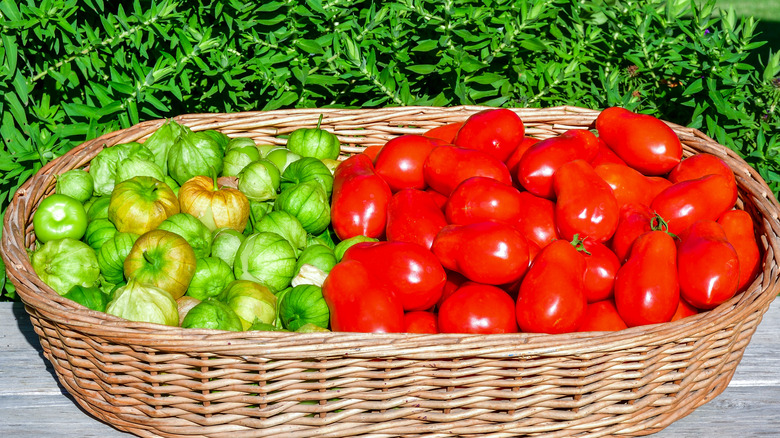
Are Tomatoes and Tomatillos the Same Thing?
No, tomatoes and tomatillos are distinct fruits from the same plant family. They differ in appearance, flavor, and culinary uses.
Can You Substitute Tomatoes for Tomatillos?
While they can sometimes be substituted, their flavor profiles are quite different. Tomatillos’ tartness may not work in all recipes calling for tomatoes, and vice versa.
Are Tomatillos Spicy?
No, tomatillos are not inherently spicy. Their tart flavor pairs well with spicy ingredients like chili peppers.
How Do You Know When a Tomatillo Is Ripe?
A ripe tomatillo fills its husk completely, and the husk may split or turn brown. The fruit itself should feel firm but not hard.
What Are the Health Benefits of Eating Tomatoes and Tomatillos?
Both are rich in vitamins, minerals, and antioxidants. Tomatoes are particularly high in lycopene, while tomatillos offer unique compounds like withanolides.
Video
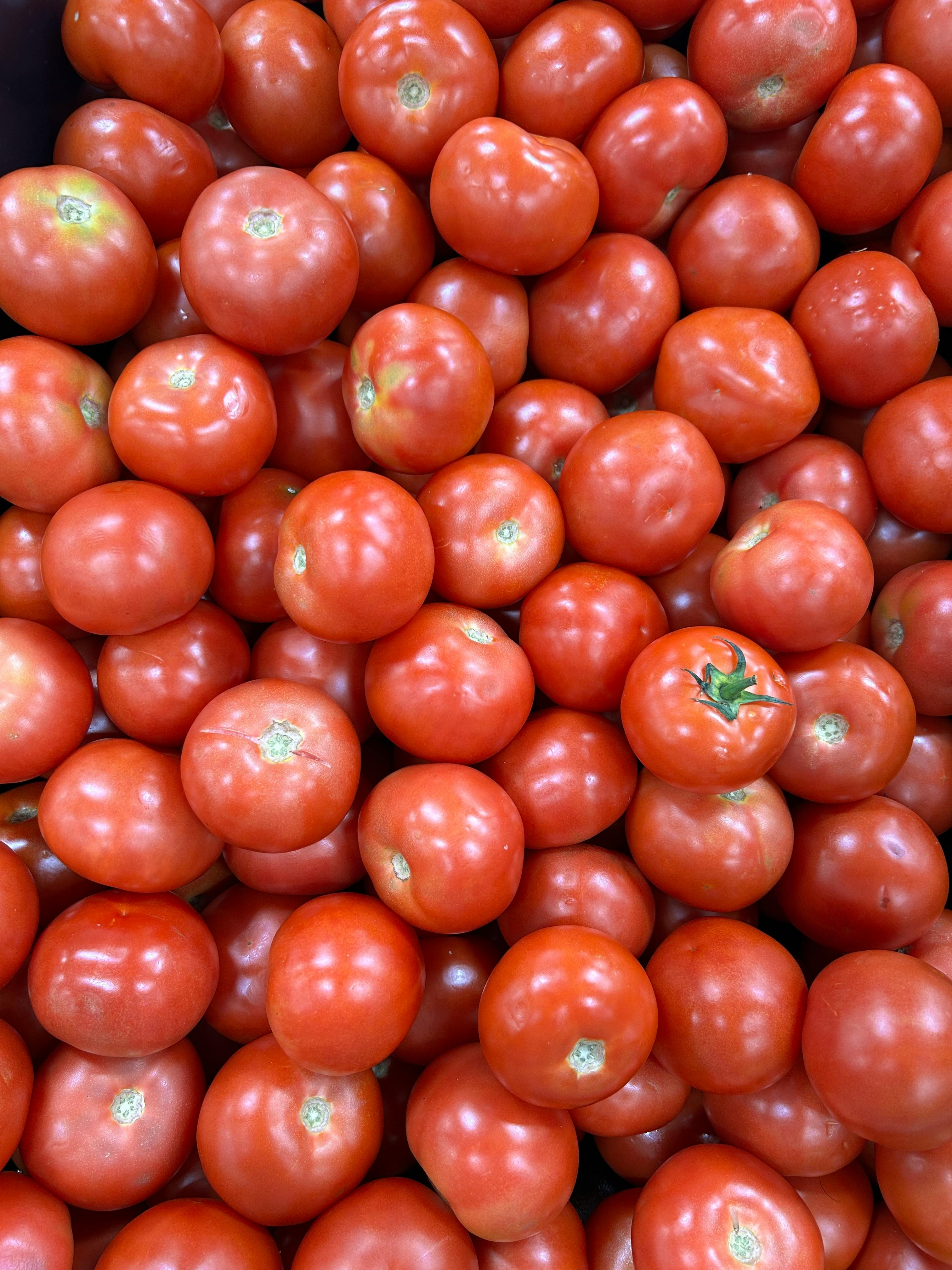
Conclusion

Understanding what is the difference between a tomato and a tomatillo goes beyond their physical appearance. It encompasses their origins, flavors, nutritional benefits, and culinary applications. By appreciating these distinctions, you can make informed choices in the kitchen and garden, unlocking the full potential of these remarkable fruits. Whether you’re crafting a classic Italian sauce or experimenting with Mexican salsa verde, tomatoes and tomatillos each bring something special to the table.
:max_bytes(150000):strip_icc()/AS21-tomatillo-time-tomatoes-and-tomatillos-photo-by-brie-passano-rotated-crop-2000-c08dbbd6cd564c0aae4a6ba6634e05b7.jpg)